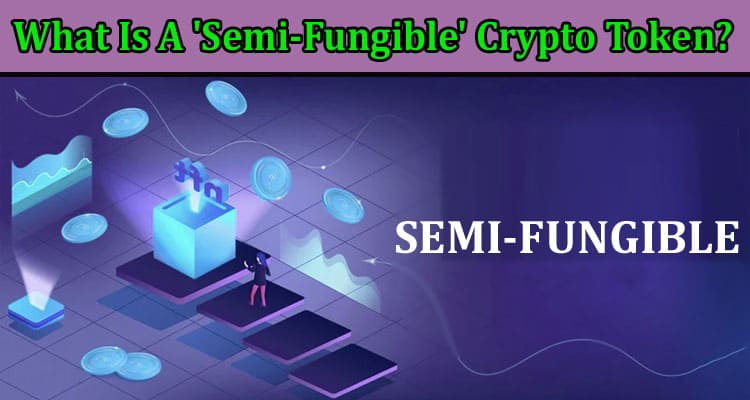You might have heard the term ‘fungible’ used to describe cryptocurrencies. This means that all units of a given token are identical and interchangeable. So, for example, if you own one Bitcoin, you own all Bitcoins. People will never forget bitcoin’s spectacular ride in 2021; now read the top reasons to invest in Bitcoin in 2022! But what if you owned something that wasn’t entirely so fungible? What if your cryptocurrency had some unique characteristics that made it different from other units of the same currency?
They are similar to coins or cash in that they represent something of value and can be exchanged with others. Still, they’re different from traditional coins because each token is unique and has attributes that make it worth more than all others. As a result, these tokens can play roles as fungible and non-fungible.
It turns out that there is such a thing as semi-fungible tokens (SFTs), which are a subcategory of ERC-20 tokens. These tokens have some distinguishing characteristics or features but are still considered interchangeable with other SFTs.
What Is A ‘Semi-Fungible’ Crypto Token?
This token is splittable into smaller units, and all the tokens have the same value and are not entirely interchangeable. For example, if you had a single apple, it’s not difficult to split it into two halves. But dividing it into two halves would be more challenging if you had a single dollar bill.
That’s because each half would still have the same value as the original dollar bill. They’re just worth less because they’re smaller. So, even though there are two distinct units with different values now, they’re still interchangeable because their value doesn’t change when separated.
How is it different?
A semi-fungible token is a cryptocurrency with a unique ID but not unique. Here are some examples:
If you buy 1 ETH from me and then sell it to someone else, that ETH is now totally different from the original ETH I sold you. It’s pretty much impossible for one ETH to be worth $1 and another ETH to be worth $2. That would be like saying, “I paid $1 for this coffee, and now it’s worth $2.
However, suppose we use a semi-fungible token as an example. In that case, we can have multiple tokens with the same ID but different values: if you buy one token worth 5 cents, then later sell it for 5 cents + 10%, then it could still sell that same token again at 5 cents + 10%.
For example, let’s say you have one bitcoin. That one bitcoin could be worth $5,000, or it could be worth $50,000. It depends on what you do with it. But if you had two bitcoins that were precisely the same, each would be worth $5,000. A token can be worth $5, or another can be worth $5. But each token is slightly different from the other, so they have different values based on their characteristics.
How to exchange semi-fungible tokens?
A semi-fungible token is a cryptocurrency that can be exchanged for other tokens of the same type, but not for all possible tokens of that type. For example, imagine a game like Pokemon with 1000 different digital creatures, each unique and equally rare. Each creature has an ID number and can be identified by this number.
If you buy one of these creatures from another player, we can say that it’s “fungible” because you could trade it in for any other creature on the market. You wouldn’t care if your new creature was from another player or the game developer. You’d still have something valuable to trade for other goods or services.
But what if some of those creatures were more powerful than others? Maybe they could shoot fireballs or fly through space without needing oxygen tanks? If so, those would become more valuable than regular creatures due to their unique abilities. In this case, we would say that those creatures are “semi-fungible.”
Final words
Here we have told you about semi-fungible tokens.

